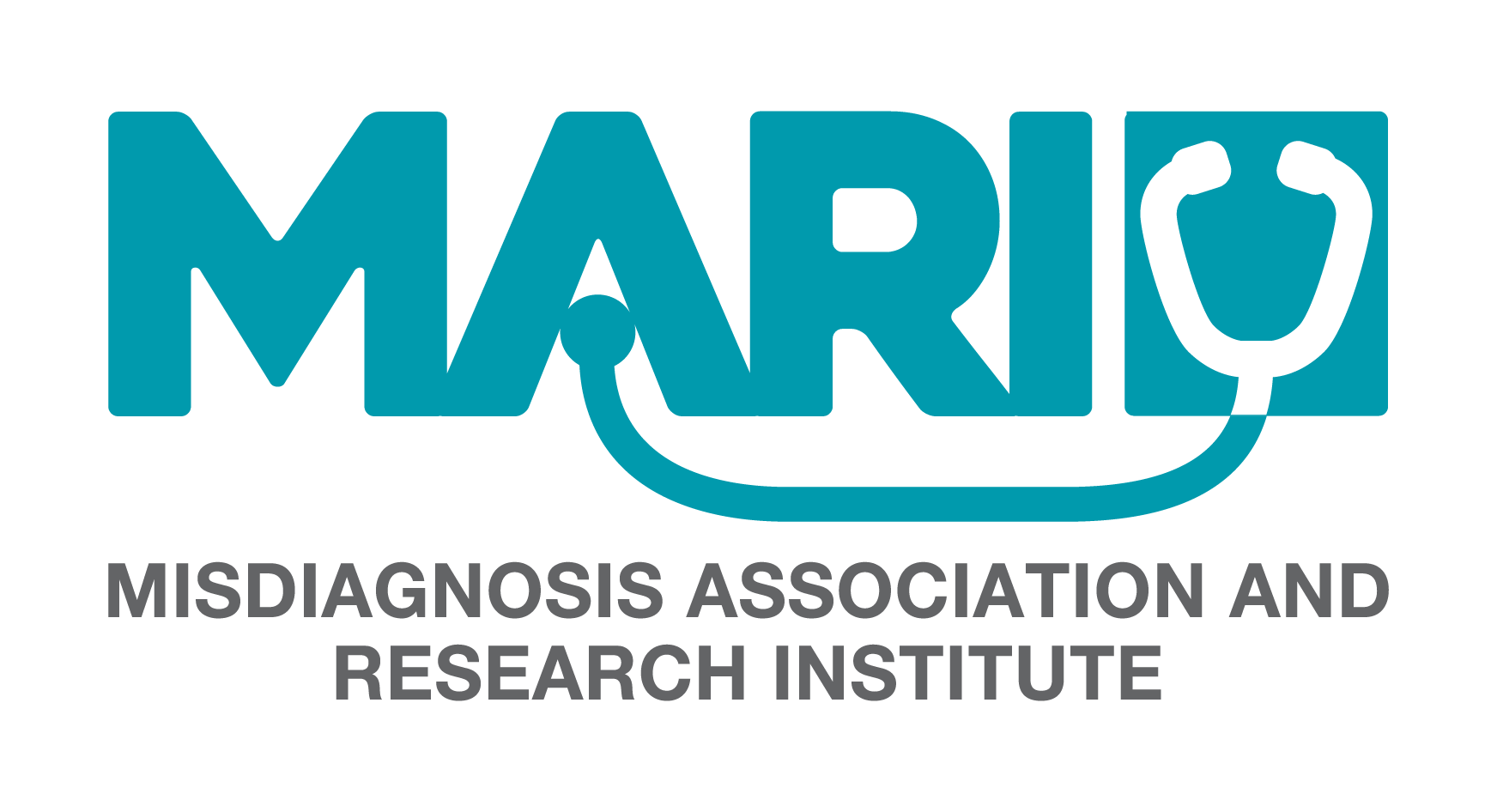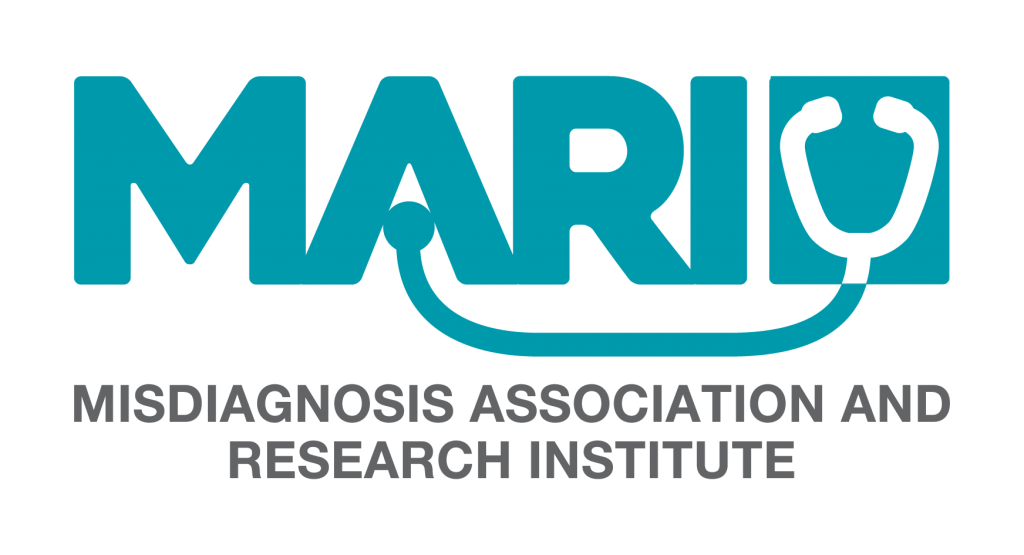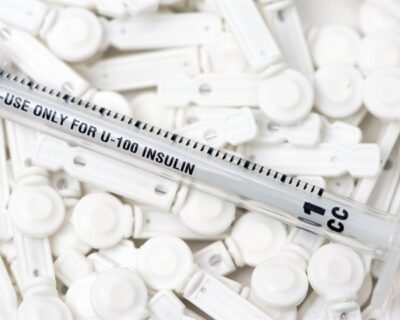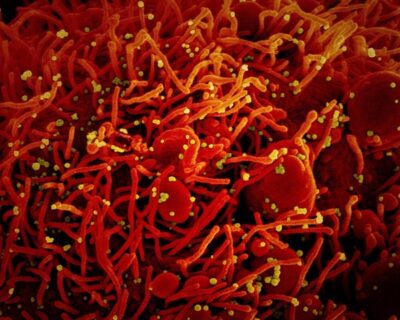
Fish Fatty Acids Can Help Relieve Migraine Pain
- A healthy diet in fatty acids found in some fish, according to researchers, can help lessen the frequency and severity of migraine headaches.
- These fatty acids are found in higher concentrations in salmon, tuna, and sardines.
- Experts advocate including a small amount of fish in your normal breakfast, lunch, and dinner menu if you don’t really like fish.
If you experience migraines, you should increase your intake of fatty fish and krill oils.
According to a new study published in the BMJ, which looked at the impact of food on migraine frequency and severity in 182 people in the United States over the course of 16 weeks.
The majority of the participants (88%) were women. The participants were on average 38 years old. The participants had 5 to 20 migraine attacks each month on average, and 67 percent of them met the criteria for chronic migraine.
participants were broken into 3 diet groups.
The H3 diet (higher levels of EPA and DHA fatty acids), the H3-L6 diet (increased percentages of EPA and DHA fatty acids with lower levels of linoleic acid), or the control diet (average U.S. intake of omega-3 and omega-6 fatty acids).
These fatty acids have previously been identified as precursors to your body’s natural pain signals.
When compared to the control diet, the H3 and H3-L6 diets have the ability to reduce the number of migraine headache hours per day as well as the number of moderate to severe headache hours per day, according to the researchers.
The H3-L6 group saw higher reductions in headache frequency than the H3 group, implying that decreasing dietary omega-6 linoleic acid has extra benefits.
What are fatty acids?
In our bodies, fatty acids, also known as oxylipins, are the building blocks or chains of fat.
They give cell membranes structure and energy. Foods alone contain around 20 different forms of fatty acids.
There are four types of fatty acids:
- saturated
- trans fats
- monounsaturated
- polyunsaturated, including omega-3 fatty acids such as EPA+DHA
Fats that enhance cardiovascular risk factors (trans fats and saturated fats) are separated from those that have heart-protective and anti-inflammatory characteristics (unsaturated fats).
What you eat determines who you are.
Bianca Kamhi, the founder of Living With Bianca and a certified holistic health and accountability coach in New York City, says, “The overused cliché ‘You are what you eat’ stands to be true.”
Kamhi was not shocked to learn about the therapeutic potential of recommended omega-3 and omega-6 fatty acid amounts.
She told Healthline, “This should open the floodgates to examine how natural therapies and dietary modifications can be used just as much as Eastern medications to help alleviate migraine.”
Fish feed phytoplankton and generate and store the fatty acids they absorb in their bodies. These produced fatty acids are consumed when you eat fish.
This means that the amount of omega-3s in your fish is determined by what the fish eat.
Kamhi recommends the following DHA and EPA sources:
- fish, particularly fatty cold-water fish, such as:
- Salmon
- Mackerel
- Tuna
- Herring
- sardines
- fish oils
- krill oils
Not a fan of fish? Here’s where to begin.
Start with your regular meals and add fatty fish to them, according to Kamhi.
“If you regularly have eggs and toast for breakfast, spread sardines on your toast like a spread,” she said. “A piece of grilled salmon or tuna placed on top of a salad for lunch can quickly improve it. If you want to eat a bowl of pasta for dinner, toss in some grilled salmon.”
The following fish, according to Kamhi, have more than 1,000 milligrams (mg) of omega-3s per 4 ounces (oz.) cooked:
- salmon
- anchovies
- sardines
- Trout
The following fish have 500 to 1,000 mg of omega-3s per 4 oz. :
- albacore tuna
- mussels
- squid
- sea bass
- Walleye
Other fish and shellfish also include omega-3s, but in smaller amounts per serving, according to Kamhi.





